Electrical Power Systems together with Generation, Distribution and Utilization of Electrical Energy by the same author cover almost six to seven courses offered by various universities under Electrical and Electronics Engineering curriculum. Also, this combination has proved highly successful for writing competitive examinations viz. UPSC, NTPC, National Power Grid, NHPC, etc.
In a clear and systematic manner, this book presents an exhaustive exposition of the various dimensions of electrical power systems. Both basic and advanced topics have been thoroughly explained and illustrated through solved examples.
Salient Features
Fundamentals of power systems, line constant calculations and performance of overhead lines have been discussed.
Mechanical design of lines, HVDC lines, Corona, Insulators and Insulated cables have been explained.
Voltage control, Neutral grounding and Transients in power systems explained.
Fault calculation, Protective relays including Digital relays and Circuit breakers discussed in that order.
Power systems synchronous stability and Voltage stability explained.
Insulation coordination and overvoltage protection explained.
Modern topics like Load flows, Economic load dispatch, Load frequency control and compensation in power system nicely developed and explained using Flow Charts wherever required.
Zbus formulation, Power transformers and Synchronous machines as power system elements highlighted.
Large number of solved examples, practice problems and multiple choice questions included. Answers to problems and multiple choice questions provided.
State Estimation of Power System under steady state conditions exhaustively covered.
Unit commitment aspects of economic load scheduling discussed in detail.
Economic scheduling of Hydro-thermal plants explained and the general problem of Optimal power flows discussed nicely.
With all these features, this is an invaluable textbook for undergraduate electrical engineering students of Indian and foreign universities. AMIE, GATE, all competitive examination candidates and practicing engineers would also find this book very useful.

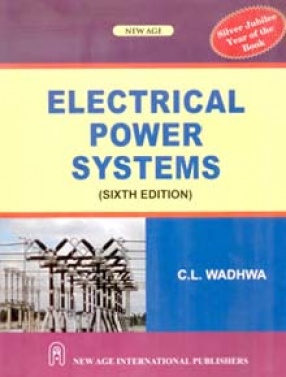
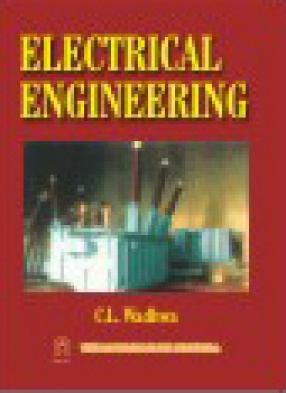
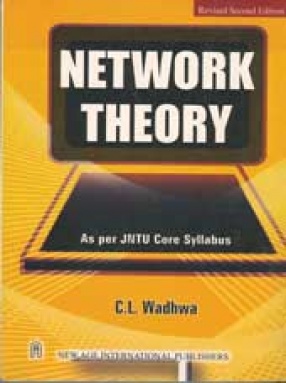
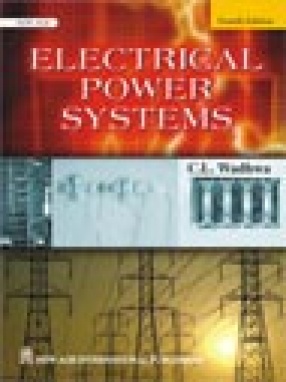
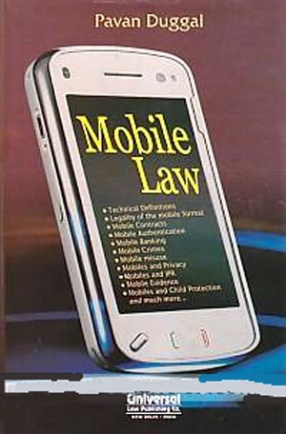
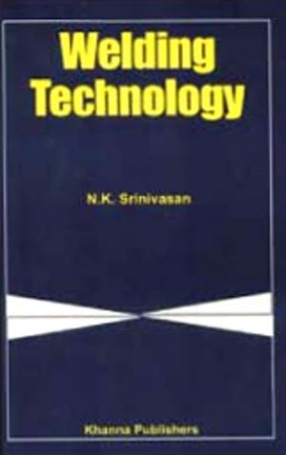
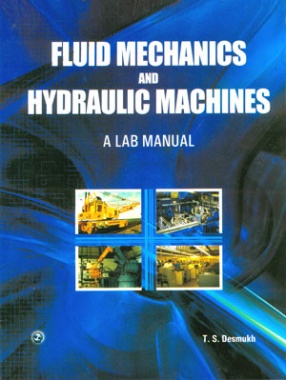
There are no reviews yet.